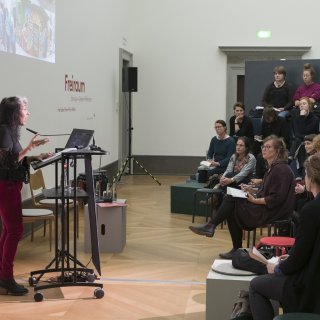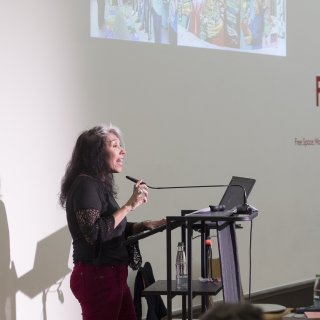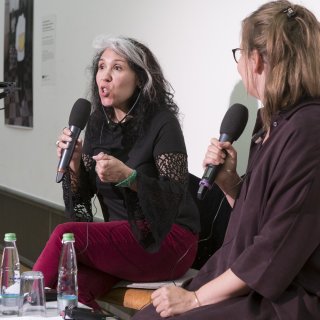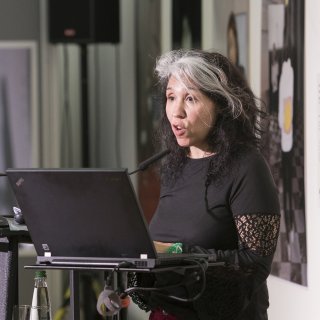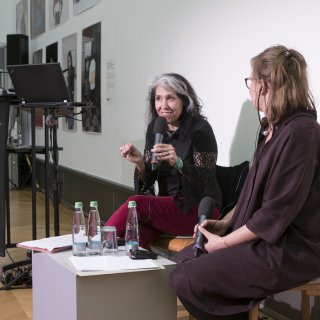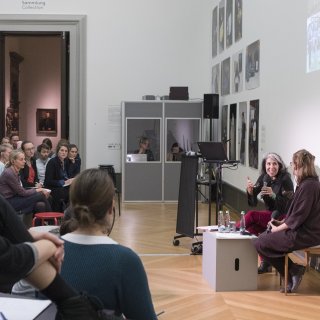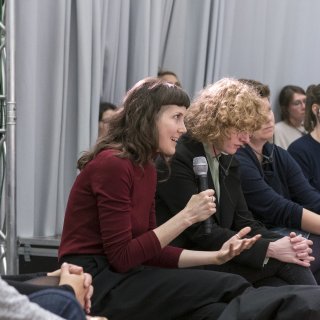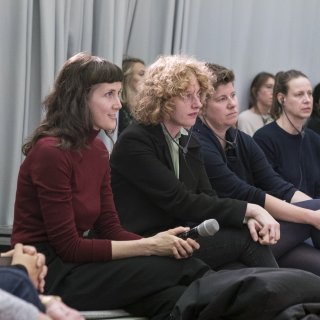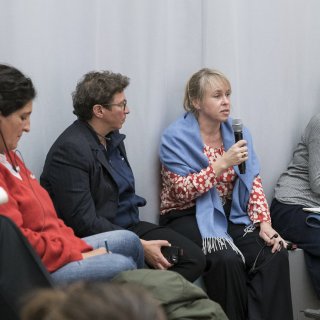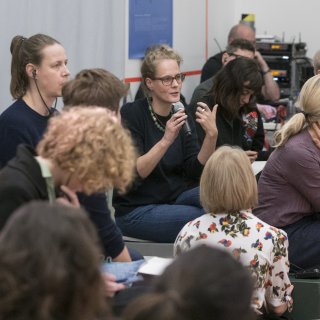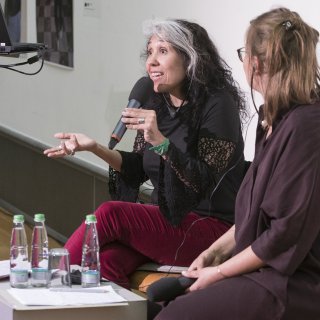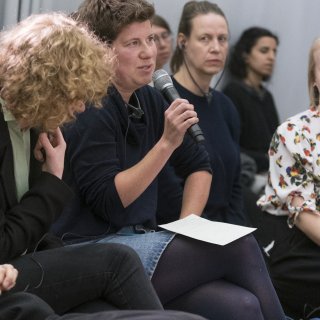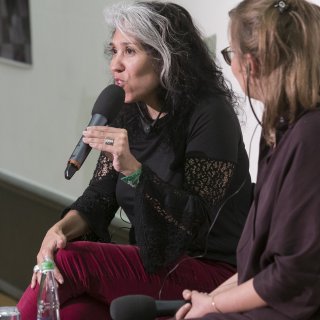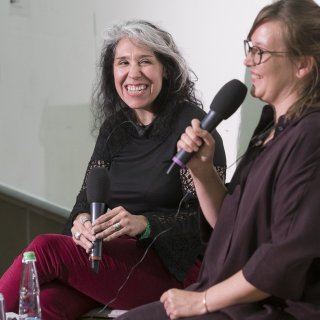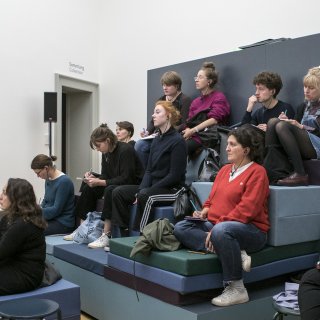Set #7: Outreach
Participation or shared authority? Studies on and experiences with outreach and communities in Argentina
Mirta Amati, Universidad Nacional Arturo Jauretche and Universidad de Buenos Aires
Outreach and community linking are current issues for many museums. The very search of communication with “the outside world” marked a change for these institutions, as they went out seeking their public audience and started to study how to connect with their visitors. This had an impact not only on the museums’ renewal, but also produced a new knowledge about themselves: Not only if they were “good communicators” and “who” did they inform, but also “with whom” did they connect.
By this way some museums, criticizing and reviewing their practices and traditions, opened up to participation, democratized their collections and became more inclusive. Others saw the limits of this query and proposed, instead of “improving” communication, to share with different communities the action of rescue, conservation, documentation, communication, and education. Instead of divulgation, they tried to link and communicate with these counterparts. Thus, they did not only involve the communities in their activities, but made them active partners in their management and the political decisions on patrimony and their institutions.
In Latin America, there is a long tradition on outreach and community linking in diverse spaces and institutions, with the museums among them. In certain cases of Argentina, these institutions tried to reshape their actions with the diverse groups and actors of the community. In others, they built up themselves as community museums: a type of institution where the local community is not the public, but the author, designer, owner and promoter of its local and regional heritage.
Starting from the diverse local experiences, with the particularity of each case, allows to understand that there is no simple recipes, nor ultimate neither global for the large diversity of heterogeneous and global communities and institutions. On another side, reviewing trials and alternative models to traditional museums helps to think and redraft the way in which we see the “communities” and “intercultural communication” with/in them.
The proposal implies reviewing the mythical celebration of “communities”, but also the suspicion and preoccupation about the sharing of authority and effective participation in the decision power. In all cases the discussion of proposals and joint projects implemented, even with some limitations, indicate an institutional awareness in Argentina and Latin America that may constitute a contribution to the objectives of the lab.Bode programme.
ES
Entre los temas que hoy ocupan a los museos, se encuentra la divulgación y vinculación comunitaria. Justamente, la comunicación con “el afuera” marcó una mutación de estas instituciones que salieron a buscar a sus públicos y comenzaron a estudiar cómo relacionarse con sus visitantes. Esto no sólo impactó en la renovación museológica y educativa de estas instituciones sino que produjo un nuevo conocimiento sobre sí mismos: no sólo “qué tan buenos comunicadores” eran y “a quiénes” informaban sino “con” quiénes se comunicaban.
Así algunos museos, criticando y revisando sus prácticas y tradiciones, se abrieron a la participación, democratizaron sus colecciones, fueron más inclusivos. Otros, vieron los límites de esa búsqueda y se propusieron -en lugar de “mejorar” la comunicación- compartir con distintas comunidades la acción de rescatar, conservar, documentar, comunicar, educar. En lugar de divulgar a otros, buscaron vincularse y comunicar junto con esos otros. No sólo involucran a las comunidades en las actividades sino que las hacen copartícipes en las políticas, en la gestión y en las decisiones patrimoniales e institucionales.
En América Latina hay una larga tradición en comunicación y acción comunitaria en distintos espacios e instituciones entre las que se encuentran los museos. En algunos casos de Argentina, dichas instituciones buscan redefinir sus acciones con distintos sectores, grupos y actores de la comunidad; en otros, se construyeron como museos comunitarios: un tipo de institución cuya comunidad no es público del museo sino creadora, poseedora y promotora de su patrimonio local y regional.
Partir de distintas experiencias locales, de la particularidad de los casos, permite comprender, por un lado, que no hay una receta simple, definitiva ni universal ya que se trata de instituciones y comunidades diferentes, heterogéneas, plurales. Por el otro, revisitar ensayos y modelos alternativos a los museos tradicionales contribuye a repensar y reformular las modalidades en que pensamos “las comunidades” y “la comunicación intercultural” con/en ellas. La propuesta implica revisar la celebración mítica de “lo comunitario” pero también la desconfianza y la preocupación por una participación efectiva en los poderes de decisión y en la autoridad compartida.
En todos los casos, en las propuestas y en los proyectos conjuntos que se ponen en práctica aún con limitaciones, pueden observarse indicadores de una conciencia institucional en América Latina y en Argentina que puede constituir un aporte a los objetivos del lab.Bode.


